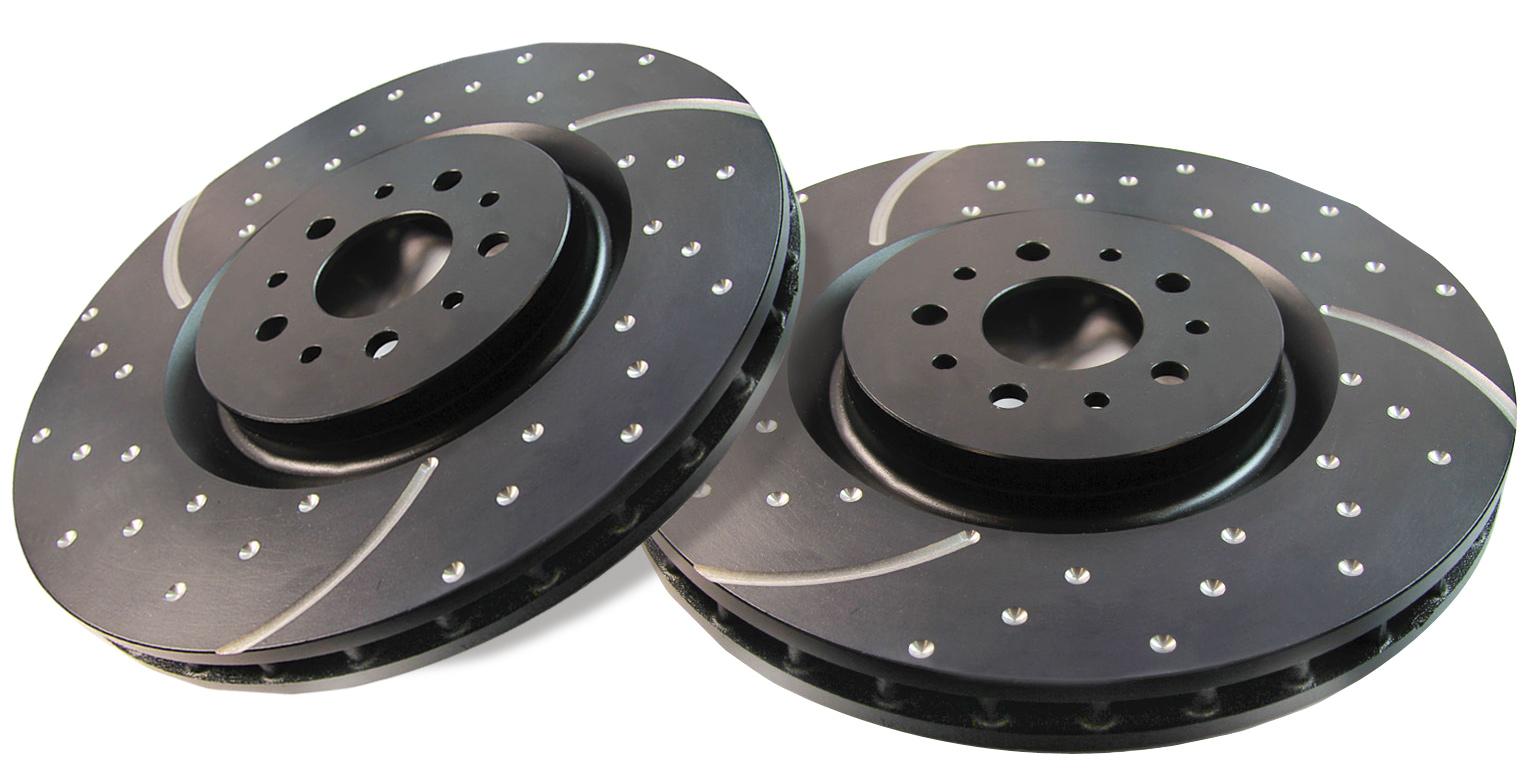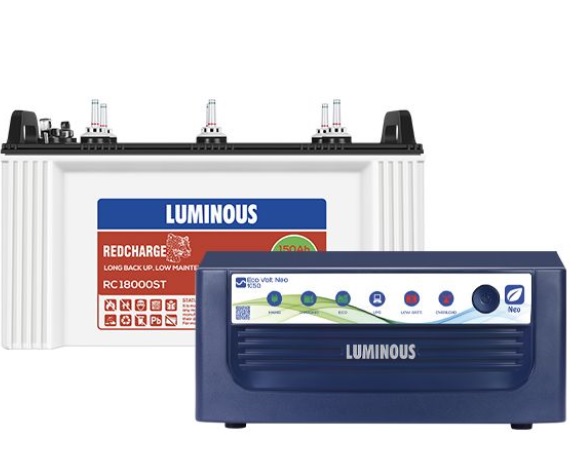The rotors of your brakes are a crucial part of your vehicle’s braking system. Vehicles use brake rotor, also known as brake discs, to stop the wheels from turning when the brakes are applied. The rotors’ effectiveness gradually declines until they are eventually rendered useless. It is essential that you replace any brake rotors that are deformed or broken to ensure the safety of your passengers and other drivers on the road.
Brake rotors may be found in a number of variations. So, if you can’t decide which to pick? To aid you, we are here. Discover which ones are ideal for your vehicle and how to keep them in good condition.
Picking the best rotor for your brakes
Rotors, or brake discs, are a part of a vehicle’s stopping mechanism. When you press on the brake pedal, the brake pads pull the rotors together, causing friction to develop. This friction aids in slowing down and eventually stopping your car. Disc brakes are standard on all four wheels of today’s vehicles. They are easier to maintain, have more stopping power, release heat rapidly, and may function well in damp environments. These disc brake rotors have worn down over time due to friction and will need to be replaced. Choosing the best disc brake rotor for your vehicle might be a difficult undertaking. To help you avoid expensive maintenance and improve your car’s stopping ability, we’ve compiled this brief advice on how to choose the right disc brake rotor for your vehicle. Let’s have a look at the available brake discs before we get started.
Disc brake models
These are often a cast-iron circular metal surface. Calipers, which may face either the front or the back, are located right behind the rim. You’ve probably seen both brake discs with and without surface perforations. There are two types of these discs, and the names flat disc and vented disc are both used. Here, we’ll compare and contrast the two categories.
Unbreakable disc brakes
The disc in this form is typically flat, solid, and formed of iron; it is the most fundamental shape. Some older and smaller cars use flat discs because they are inexpensive and common. Non-vented rotors are common on the back of automobiles since rear brakes do not have to work as hard as front brakes and hence do not need as much cooling. They are also practical since the high brake pad surface area provides excellent braking power. However, when their temperature rises throughout the extended braking duration, their efficiency decreases.
Mechanically-adjustable vented disc brakes
When the vehicle becomes bigger and heavier, the pressure on the brakes rises accordingly. This increases heat production, which is bad for brakes. As the temperature rises, the disc requires help dissipating the heat quickly enough to avoid being damaged.
There is a space between the rotors and the pads in vented disc brakes. The rotors are cooled by convection, which is aided by the airflow via the space between the two surfaces. Vented front disc brake rotors are standard on most newer automobiles, trucks, and SUVs. In order to facilitate more efficient heat dissipation, some rotors have curved or directed vents.
Is there a preference for a particular type of brake rotor?
With their weight and performance benefits, vented disc brakes are an obvious choice. Because there are openings drilled into the rotors, vented brakes are substantially more lightweight than their solid counterparts. These openings aid in heat dissipation, another factor in lowering brake fade. This set of benefits does not come cheap, however, and solid rotors are the more popular and cheaper option.
Recognize your various performing choices
There are several different kinds of brake discs created from many different materials. The material and style decisions depend on whether you want to drive on a track, interstate, or off-road. The following are the possible choices for performances.





